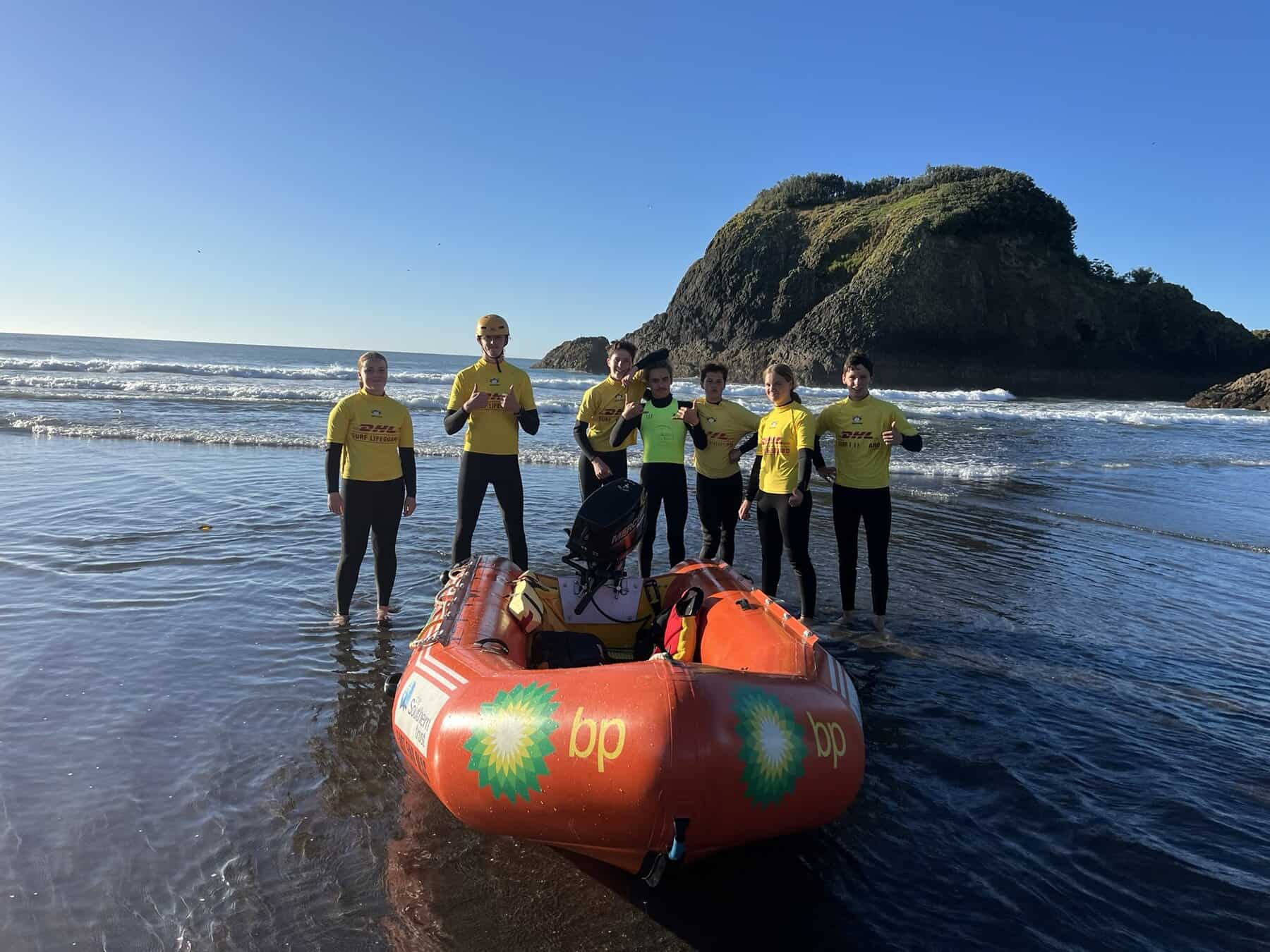 East End Surf Life Saving Club
East End Surf Life Saving Club
A Legacy of Lifesaving
The East End Surf Club began patrolling in 1913, originally operating from a pavilion located further southwest of its current location. The club was founded to ensure the safety of the many beachgoers who flocked to the area during summer, as East End Beach was a popular destination even then.
Over the years, the club has evolved significantly. In the early days, lifeguards used swimmers tethered to long lines to retrieve distressed individuals, hauling them back to shore using reels. Today, the club employs modern lifesaving equipment, including Inflatable Rescue Boats (IRBs), rescue boards, rescue tubes, and quad bikes, ensuring a faster and more efficient response to emergencies.
East End Beach is known for its flat terrain, sheltered by a headland and flanked by rock formations on either side of the designated swimming area. These features make it a low-risk environment for swimmers and surfers, ideal for families and the elderly to enjoy the beach without concern for large, dangerous waves—most of the time. However, as part of the West Coast, the beach occasionally experiences large storm swells that can present unique challenges for lifeguards. Despite these occasional rough conditions, the beach typically boasts manageable, small waves.
The East End Lifeguards patrol the beach from late November to mid-March each summer. Volunteers dedicate over 2,000 hours each season, working weekends, while paid lifeguards, funded by Surf Life Saving New Zealand and local sponsors, cover weekday shifts during school holidays.
To qualify as a lifeguard, members must be at least 14 years old and complete a rigorous Lifeguard Award programme. This includes a 400m swim, a tube rescue, a 600m run-swim-run, CPR training, and other essential lifesaving skills. Lifeguard instructors within the club ensure candidates are thoroughly trained and prepared for these assessments.
The club currently boasts over 90 active lifeguards who annually refresh their skills to maintain proficiency in all aspects of beach patrol. Members also undertake additional certifications, such as First Aid and Radio Operator awards, to uphold the high standards of the club’s professional service to the community.
Extensive training is also conducted in IRB operation, as these craft are used in 80% of rescues nationwide. To qualify as an IRB driver, members must be at least 16 years old and complete a minimum of 10 hours of on-water training to master essential skills. East End Surf Club has become one of the top IRB racing clubs in New Zealand, thanks to the dedication and expertise of its crews and their commitment to excellence in this vital aspect of lifesaving.
The East End Surf Club’s enduring commitment to safety, skill, and community makes it a cornerstone of New Zealand’s surf lifesaving legacy.


